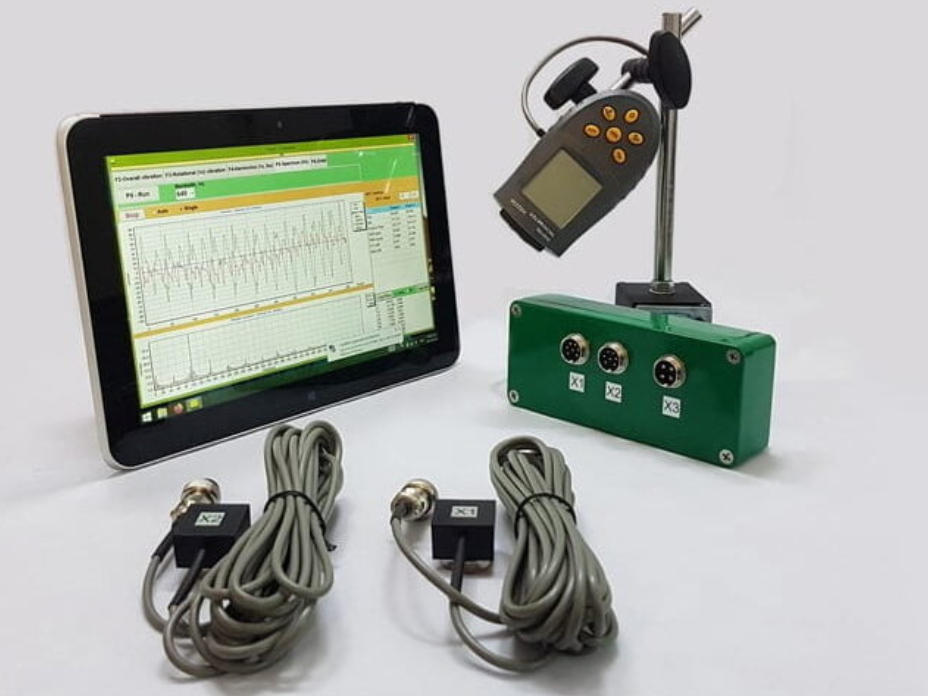What Are Assets? Definition, Types & Examples


Assets can be tangible such as property and equipment, and also can be intangible such as trademarks and patents.
What Are Assets?
Assets are what’s owned by an individual or a company. They are, in accounting terms, a company’s resources from past transactions through which future economic benefits are expected to flow. In other words, assets are items purchased or acquired by a company, and it’s expected that they will be used to generate profit, though that isn’t always certain and guaranteed. Also, assets tend to have a definite lifespan of usefulness, and their value is accounted for in depreciation and amortization.
Assets can be tangible such as property, plants, and equipment, or intangible, such as intellectual property (trademarks, copyrights, patents, etc.).
Assets are found in the balance sheet section of the financial statement. For publicly traded companies, the financial statement is filed quarterly and annually with the Securities and Exchange Commission.
Assets, liabilities, and equity are the main components of the balance sheet. And a company’s balance sheet must be balanced. In other words, assets must equal liabilities plus equity (or shareholders’ equity).
What Are the Types of Assets?
A company usually defines in its financial statement what it classifies as its assets. On the balance sheet, assets are broken down generally into two categories: current and non-current.
Current
Current assets are items that can be converted quickly into cash, typically within a year, and these include cash and cash equivalents, short-term deposits, accounts receivable, inventories, and contracts.
Scroll to Continue
TheStreet Dictionary Terms
Non-Current
Non-current assets are the opposite of current assets in that some, such as property, plant, and equipment, would be considered long-lived assets and cannot be converted immediately into cash.
Other non-current assets deemed too small to define within the assets category include operating leases, and recoverables, which are the money insurers get from reinsurers after paying out claims to clients. Goodwill generated via acquisition of another company is considered an intangible non-current asset whose investment value is realized over the long term.
Marketable securities, such as stocks, bonds, U.S. government debt and corporate debt, can be categorized as either current or non-current, depending on the length of their holdings.
Other Categorizations
Assets can also be categorized as financial and real, and as operating and non-operating, to help investors and analysts distinguish assets by their physical nature and by how they are used. Financial (or intangible) assets include marketable securities, cash, and cash equivalents. Real (or tangible) assets are physical assets such as buildings, equipment, and inventory.
Operating assets are what’s used by the company in its daily operations, including cash, machinery, and equipment. Non-operating assets aren’t used daily but continue to generate money, including marketable securities and unused property.
Still, assets on the balance sheet are most commonly referred to as current and non-current assets based on their convertibility into cash.
Assets Example: Apple (NASDAQ: AAPL)
Below is Apple’s list of assets on its balance sheet, broken down into current and non-current assets. Total assets show how much money could be generated if the company were to sell. But before a company were to undergo a fire sale, liabilities would have to be taken into account, bringing up its book value.
| Apple | 2021 | % Change | 2020 |
|---|---|---|---|
|
Current assets: |
|||
|
Cash and cash equivalents |
34,940 |
-8.1 |
38,016 |
|
Marketable securities |
27,699 |
-48 |
52,927 |
|
Accounts receivable, net |
26,278 |
63 |
16,120 |
|
Inventories |
6,580 |
62 |
4,061 |
|
Vendor non-trade receivables |
25,228 |
18 |
21,325 |
|
Other current assets |
14,111 |
25 |
11,264 |
|
Total current assets |
134,836 |
-6.2 |
143,713 |
|
Non-current assets: |
|||
|
Marketable securities |
127,877 |
27 |
100,887 |
|
Property, plant and equipment, net |
39,440 |
7.3 |
36,766 |
|
Other non-current assets |
48,849 |
15 |
42,522 |
|
Total non-current assets |
216,166 |
20 |
180,175 |
|
Total assets |
351,002 |
8.4 |
323,888 |
Why Are Assets Important?
Investors and analysts look at assets to get a quick view of how much cash a company has on hand, or how much cash it can easily obtain from the sale of certain assets. Large assets would show that the company can project financial strength. However, including liabilities would provide a better understanding of executive management’s ability to manage its finances.







